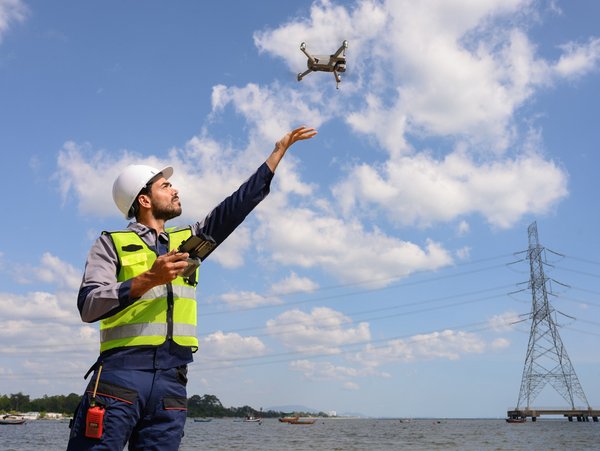
The TSA.STANDARD as a basis for testing and certification of alarm receiving centers and technical control centers, including EN 50518
TÜV NORD's own criteria catalogue TSA.STANDARD forms the basis for a conformity and planning assessment as well as for the certification itself. With this catalogue, we provide you with an effective and sophisticated tool with which you can effectively ensure the physical safety and reliability of your AES or technical control centre. As the TSA.STANDARD criteria catalogue is continuously developed further, you can also prove that your AES or technical control centre corresponds to the current state of the art.
TÜV NORD's own set of rules includes all the requirements of DIN EN 50518, but supplements them with additional useful features that contribute to the functional safety of AES at the level of categories 1 and 2. The catalogue also contains additional criteria for technical control centres with category T. Version 2.1 from 28 March 2023 already takes into account the amended requirements of DIN EN 50518, translates them into testable criteria and thus makes them certifiable.
TSA stands for "Trusted Site Alarm Receiving Center" and is thus a synonym for an established procedure that TÜV NORD has been successfully applying for more than 20 years in the data centre environment with TSI certification (DUMMY).








